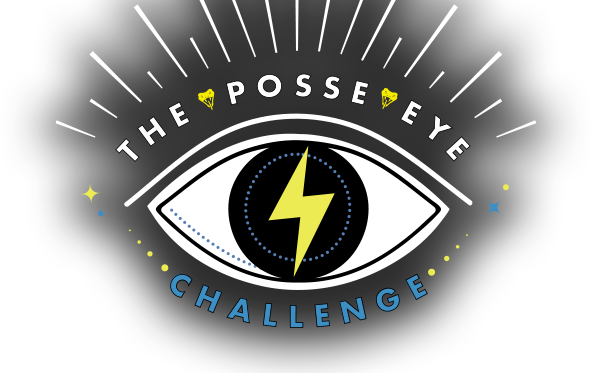So… you’re a copywriter or content writer and thought you’d offer some editing services to new and existing clients to add a little extra cash to your freelancing bottom line?
Smart!
But what exactly are these “editing services” and what do they entail? Will you offer line editing, copy editing, or both?
Because spoiler: These are two completely different services! And clients will have certain expectations of your work depending on which service you choose to offer (or agree to do).
Keep reading to get a full breakdown of the difference between copy editing and line editing and see which one is right for you…
Hey, Posse! What’s up? It’s Alex. Coming at ya this week with a topic that might not be the most interesting subject in the world…. But nonetheless, one that definitely needs to be discussed.
Copy Editing vs Line Editing: Which One Is Right For You?
If you’re planning to offer these services to your clients, you need to know the difference. And if it’s your first time on my blog, then welcome! You’ll find tons of copywriting, freelancing, and marketing tutorials here on my website. So be sure to join my newsletter so you’ll hear first thing I post another tutorial.
Now, the reason I say this is a topic that needs to be discussed is because I see an overwhelming number of freelancers out there offering editing services, without fully grasping the responsibilities involved.
While there are, of course, certain similarities between copy editing and line editing… they are two different services that have different goals and responsibilities, and they are needed at completely different times during the writing process.
So let’s dive right in…
What is Line Editing?
The number #1 goal and responsibility of a line editor is to look at the overall content, writing style, and language that’s being used throughout the entirety of the copy.
The purpose of a line edit is not to comb a document for errors. Instead, what a line editor is focusing on is the way that language is being used to communicate with the reader. In other words, they ask questions like: Do the sentences make sense? Is there good flow? Is the language clear?
They will assess if it conveys the desired emotion, goal, and purpose. And they think about if the words communicate precise meaning, or if the messaging is too broad.
According to NYBookEditors.com a line editor looks for…
- Words or sentences that are extraneous or overused
- Run-on sentences
- Redundancies from repeating the same information in different ways
- Verbose sentences or paragraphs that need to be tightened
- Sections where the writer’s meaning is unclear or ideas too complex
- Bad transitions or confusing language that needs to be simplified
- Tonal or tense shifts and unnatural phrasing
- Changes that can be made to improve the pacing and cadence of the copy
- Words or phrases that may need to be added to add clarity
This is the person who would come in and say, “Hey this sentence doesn’t make sense here, you should move it here.” Or “Hey, you’ve already said this 3 times… you should cut this section to avoid redundancy.”
They are helping you to improve the overall FEEL and FLOW of your writing so that you’re telling a story that actually makes sense and reads well. A line editor needs to be familiar with the audience, the product and the big promise of the copy so they can make sure the messaging works and takes the reader from point A to point B to point C.
It’s holistic editing at its finest and much more in-depth and requires a more experienced writer (who also charges more than a copy editor).
What is Copy Editing?
By contrast, the goal and main responsibilities of a copyeditor are to address flaws and errors found in your writing on a very technical level. Essentially, a proofreader.
This is the person you want going through your writing with a fine-tooth comb to ensure there are ZERO spelling, punctuation, or grammatical errors.
So a copy editor…
- Corrects spelling, grammar, punctuation, and syntax
- Ensures consistency in spelling, hyphenation, numerals, fonts, and capitalization
- Flags ambiguous or factually incorrect statements
As you can see… two very different services—that you would want at very different times in the writing process! Line editing, or the changes made to the feel and flow of your writing, should ALWAYS come before copyediting.
Because what’s the point of going to the trouble of extensively proofreading your writing when it could be changed, or altered, completely after a thorough line edit?
This is why you want copyediting to be the very last and final thing that’s done to your writing before hitting publish.
So… line editing vs copy editing – what’s the difference? Well to make it super simple for you, think of it this way…
- A line editor helps you tell a better story.
- A copyeditor makes sure your grammar is good to go.
Now I’m curious: Which service would you rather offer? Comment below.
Until next time, I’m Alex—ciao for now!





